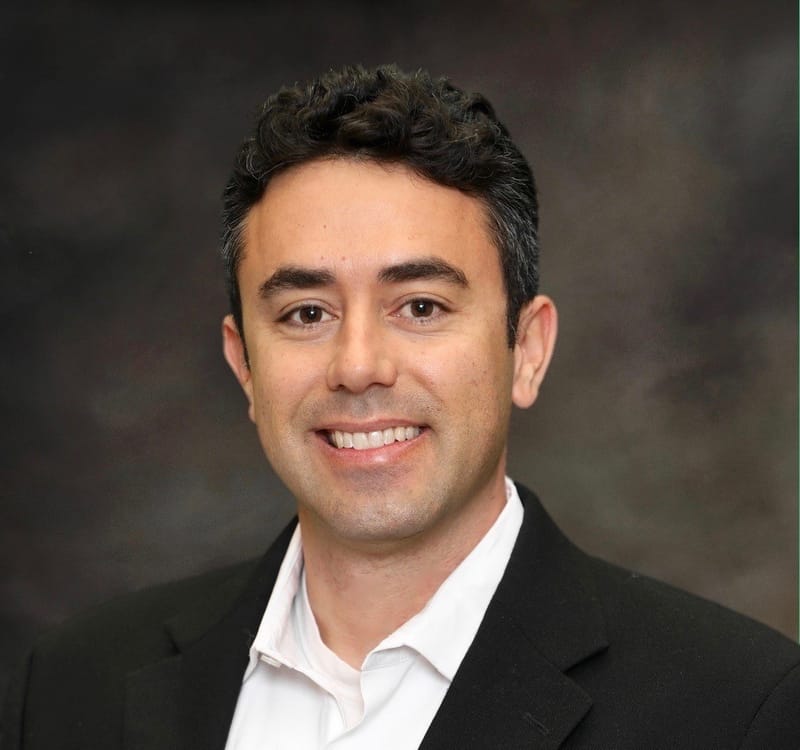Professor Hamilton Bean

Speech Summary
Dr. Dennis S. Mileti’s research underwrites U.S. and international officials’ approach to mobile public alert and warning. Mileti emphasized the importance of complete messages in his 2018 FEMA PrepTalk: “[U.S. Department of] Homeland Security funded a lot of social psychologists and sociologists and communication people to study warnings a few years ago, and there were many breakthroughs learned. One of the things that was learned that that 90-character WEA messages accomplished nothing” (FEMA, 13:50). He asked the audience, “But what impacts protective action initiation behavior in Americans the most?” His answer: “It’s the message contents. It’s the message contents. It’s the message contents” (15:53). Mileti’s PrepTalk has become the cornerstone of FEMA’s IPAWS training, reaching hundreds of state, county, and municipal officials. Taken at face value, Mileti’s claim that “it’s the message contents” risks downplaying the principle that meaning is generated through the interaction of text and context. The risk communication consensus potentially overemphasizes message effects, creating a false sense of security. While recent mobile public alert and warning policy and practice developments in the United States have rightly affirmed the importance of text, the task is now also to improve context.
Brief CV
Hamilton Bean, Ph.D., MBA, APR, is Professor in the Department of Communication at the University of Colorado Denver. He also serves as Director of the University of Colorado Denver’s International Studies Program. He has taught courses at the International College Beijing (ICB) and served as a guest researcher (2018, 2024) and visiting professor (2021) at Kyoto University’s Disaster Prevention Research Institute (DPRI). In 2022, he began serving as a non-resident fellow for the U.S. Joint Special Operations University (JSOU). He specializes in the study of communication and security with an emphasis on mobile public alert and warning systems and messages. He was part of a U.S. Department of Homeland Security-funded research team that investigated the optimization of Wireless Emergency Alert (WEA) messages for imminent threats. He has consulted for international, federal, and state agencies, as well as contributed to U.S. Federal Communications Commission rulemakings concerning the WEA system.
He holds a doctorate in organizational communication from the University of Colorado Boulder (2009). He has earned research funding from the U.S. Federal Emergency Management Agency (FEMA), U.S. National Oceanic and Atmospheric Administration (NOAA), and the Japan Foundation to study mobile public alert and warning systems and messages. He is Associate Editor for Natural Hazards Review and the Journal of Integrated Disaster Risk Management. He is also an editorial board member for Communication Law Review, Intelligence and National Security, Secrecy and Society, Rhetoric & Public Affairs, and Management Communication Quarterly. In 2022, he earned the Aniello Amendola Distinguished Service Award from the Integrated Disaster Risk Management Society (IDRiM). His research has been published in numerous international academic journals and edited volumes. His latest book, Mobile Technology and the Transformation of Public Alert and Warning (Praeger Security International, 2019), won the 2021 Sue DeWine Distinguished Scholarly Book Award from the Applied Communication Division of the National Communication Association.
